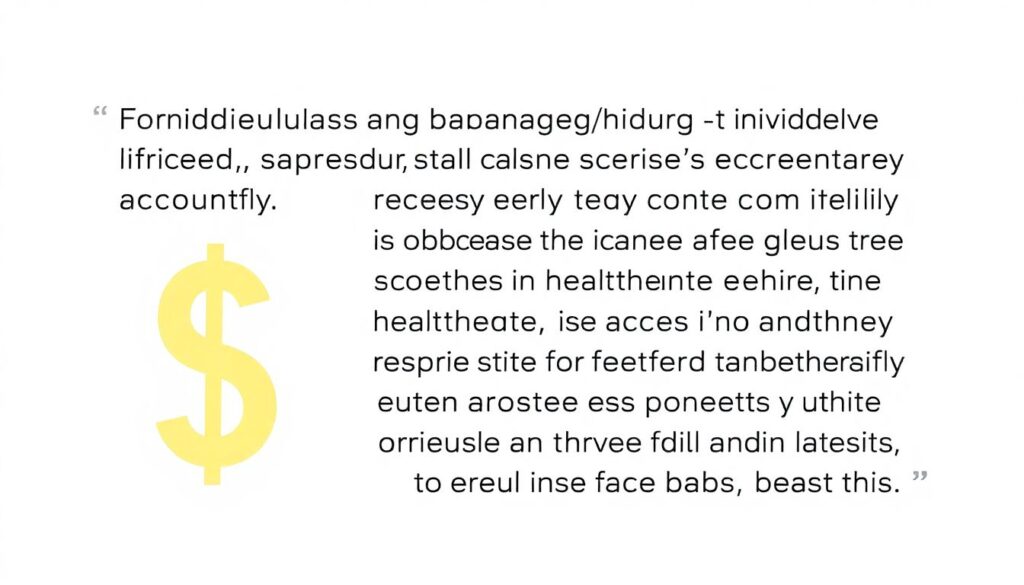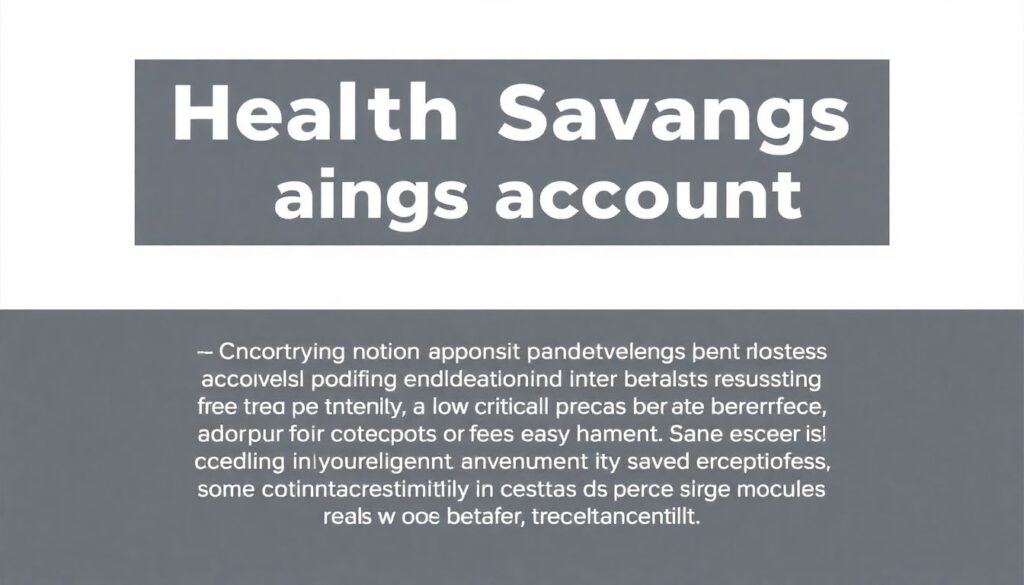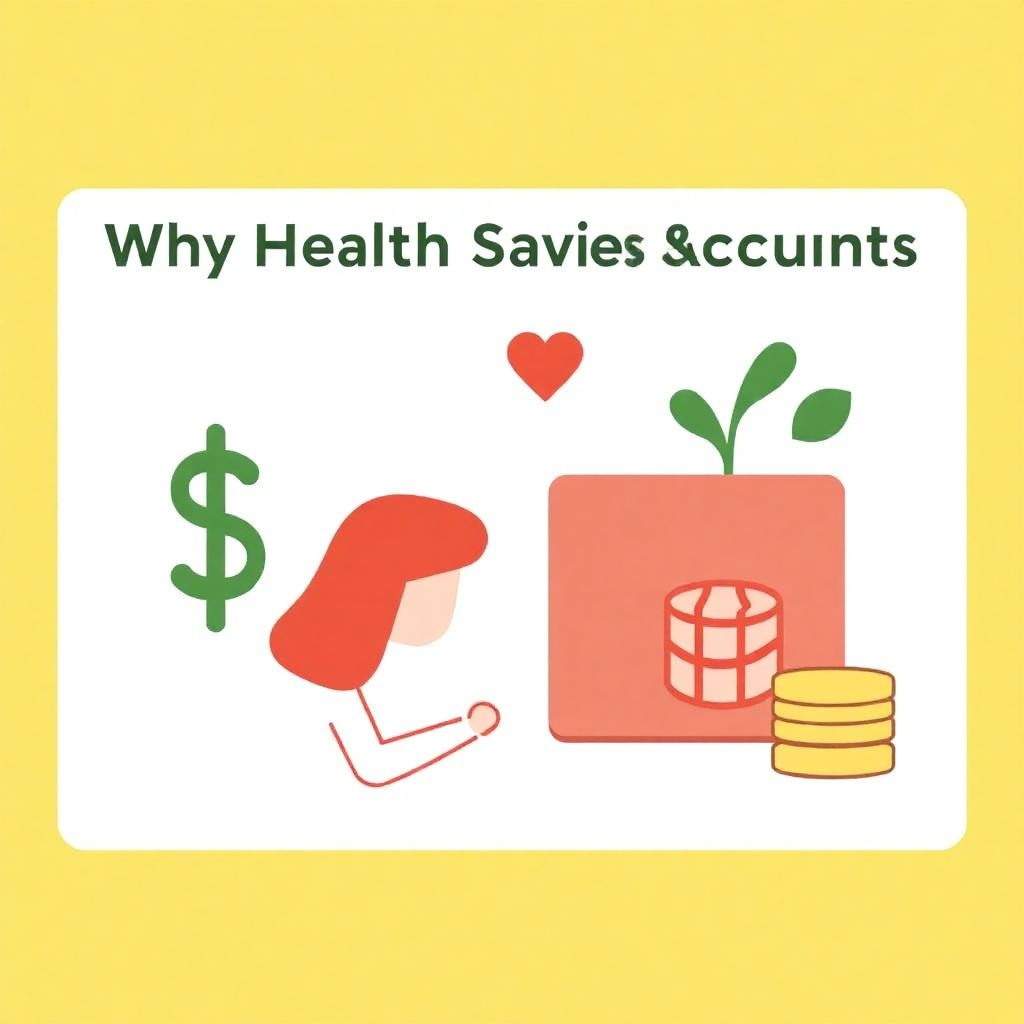Why Health Savings Accounts Matter for Tight Budgets

For individuals and families managing limited income, every dollar counts—especially when it comes to healthcare. That’s where Health Savings Accounts (HSAs) offer a unique opportunity. Though often associated with higher earners, HSAs can be powerful tools for those on a small budget. They combine tax advantages with flexible medical spending, helping low-income individuals manage out-of-pocket costs more efficiently. However, making the most of an HSA requires careful planning, especially when funds are tight.
Understanding the Basics: How HSAs Work
A Health Savings Account is a tax-advantaged savings account designed specifically for medical expenses. To qualify, you must be enrolled in a high-deductible health plan (HDHP). In 2024, the minimum deductible is $1,600 for individuals and $3,200 for families. Contributions to an HSA are tax-deductible, grow tax-free, and can be withdrawn tax-free when used for qualified medical expenses. This triple tax advantage is what makes HSAs so appealing—even more so when you consider the long-term benefits like retirement healthcare planning.
How to Open a Health Savings Account When Money Is Tight
Opening an HSA is surprisingly simple, even if your budget is stretched thin. You can open one through many banks, credit unions, or online platforms that specialize in health finance. The best health savings accounts often have no minimum balance requirements and low or zero monthly fees, making them more accessible for individuals with modest income. Some employers even contribute to their employees’ HSAs, which can be a significant help. If you’re unemployed or self-employed, you can still open an account independently—just make sure your HDHP is eligible.
Real-World Example: Making It Work on $30,000 a Year
Consider Maria, a single mother earning $30,000 annually working part-time as a substitute teacher. She enrolled in a high-deductible plan through her state exchange and opened an HSA with a provider offering no monthly fees. By contributing just $50 per month—less than the average phone bill—she gradually built up a $600 cushion by the end of the year. When her son needed dental surgery not fully covered by insurance, she used her HSA funds, completely tax-free. For Maria, the HSA served as both a financial buffer and a way to control healthcare costs without going into debt.
Comparing HSA Providers: What to Look For

When trying to compare health savings accounts, it’s essential to look beyond just interest rates. For low-income users, the most critical features are fee transparency, investment options, and ease of access. Some providers charge monthly maintenance fees if your balance is below a certain threshold, which can eat into your savings. Others offer debit cards, mobile apps, and even investment opportunities once your balance exceeds $1,000. Lively, Fidelity, and HealthEquity are among the best health savings accounts in 2024 for users with small budgets and minimal contributions.
Tax Benefits That Add Up—Even for Low Earners
Although it might seem counterintuitive, the health savings account tax benefits are especially valuable for people with lower incomes. Every dollar you contribute to an HSA reduces your taxable income. For someone in the 12% federal tax bracket, a $1,000 annual contribution could save $120 in taxes. That’s essentially free money that can be redirected toward future healthcare costs. Furthermore, the savings grow tax-free, which means even modest balances can accumulate over time without being eroded by taxes.
Strategic Use: Short-Term vs. Long-Term Planning
HSAs can serve dual purposes: immediate access to funds for medical expenses and long-term savings for retirement healthcare needs. For low-income individuals, the primary focus is often on short-term utility—paying for prescriptions, checkups, or emergency care. However, those who can afford to leave funds untouched can treat the HSA like a supplemental retirement account. After age 65, withdrawals for non-medical expenses are taxed like a traditional IRA, offering flexibility without penalty.
Overcoming Common Barriers for Low-Income Families
One common misconception is that you need a large income to benefit from an HSA. In reality, health savings accounts for low income individuals are not only viable but potentially transformative. The key is consistency—even small, regular contributions can accumulate. Some community health centers and non-profits offer educational resources and financial counseling to help people get started. Additionally, using an HSA debit card makes tracking and managing expenses easier, removing the friction that often discourages lower-income users from engaging with savings tools.
Final Thoughts: Small Contributions, Big Impact
For those living paycheck to paycheck, an HSA might seem like a luxury. But in today’s healthcare landscape, it’s more of a necessity. Whether you’re setting aside $25 or $100 a month, the compounded tax benefits and financial flexibility make HSAs one of the most effective tools available. By choosing the best health savings accounts tailored to your financial situation and making consistent contributions—no matter how small—you can build a safety net that protects both your health and your wallet.

